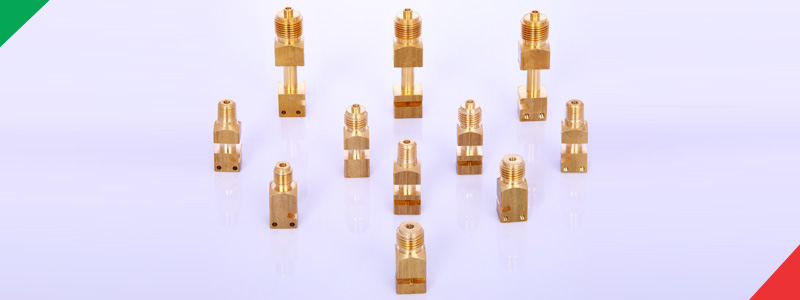A pressure gauge is a fluid or liquid power measurement equipment. You will need pressure gauges in order to arrange and turn off the fluid capacity machines. It is very important to troubleshoot them. Without pressure gauges, fluid power structures would be both erratic and hazardous. Gauges allow assuring, there are no leaks or pressure differences that could implicate the operating situation of the hydraulic process.
Installing a pressure properly is not an easy job, so here are a few tips that should aid simplify selection, confirm the acceptable operation, and expand the duty life of your gauges.
Choose the right gauge:
Normally, when selecting a pressure gauge, it’s best to prefer a pressure range that is approximately two times greater than the regular pressure of your system. This gives enough pressure safety and better accuracy. Also, the pressure gauge you select must be the appropriate one for the- pressure media, process temperature, and vibration levels.
After choosing the right pressure gauge for your hydraulic system, here have some guidance for proper installation –
- Apply force throughout wrench flats Once you’ve selected the accurate gauge, concentrate on how you install the gauge. Rather than whirling the case by hand, use a spanner to apply force throughout the wrench flats. Pertaining the force through the terminal box could damage the case connection. Not applying enough circulatory force could result in exudes.
- Seal the gauge: Observe the category of strings on the gauge before you seal it. If the gauge has parallel strings, seal it using rings, washers. If the gauge has narrowed threads, extra sealing means, such as Polytetrafluoroethylene or PTFE tape are suggested. This is a basic method for any pipe-fitter because faded threads do not procure perfect sealing on their own. Some pressure gauge parts shops located in Mumbai provide quality products to help to install gauges for the hydraulic system.
- Proper orientation: To install a gauge easy to read, it requires to be set in the exact orientation, so the dial face is displaying toward the user. Many gauge designs use pipe fittings to attach the gauge into a system and these pipe threads can make the frontage of the dial extremely problematic.
If you want to set the gauge dial, then you need to follow a proper position because sometimes the installer will be very tight for the gauge. It also might be a reason behind pipe wreck and also leakage.
- Utilize clamp sockets or union nuts: When narrow threads are used, the installer has the amenity of fixing the gauge even after enough torque has been used. This enables the suitable orientation of the gauge face. However, with steep threads, the face frontage is not flexible. Hence, you should use a clamping socket or a union nut to connect the gauge. You will get the permit to adjust the gauge once the socket has already been placed on the right washer.
- Evacuate space for the eruption: For staff protection, some gauges design with features such as blow-out back. If the gauge ever becomes precariously over-pressured to the point of explosion, the force from the eruption would be directed into the back of the gauge and not in the point of anyone standing in front of the gauge face. With these varieties of products, it is significant that the gauge back is not obstructed by detritus and dirt. Confirm you leave at least 14-15mm of the free area behind the blow-out back.
- Outlet the gauge case: Many gauges come with a tiny valve on top of the case. Users who don’t recognize the meaning of the valve are perplexed about why it’s attached to the case. During consignment, liquid-filled gauges can go through temperature fluctuations that generate internal pressure growth. When installing the gauge in a proper position, open that tiny valve to let this pressure to the outlet. It should then be shut again to avoid any outer access. Many of the pressure gauge parts suppliers deliver such newly designed equipment for your water or other fluids supply system.
A large variety of choices and accessories are available for deliberation when choosing a pressure gauge. By proper installation, they can be incredibly useful during system startup and damage assessment.



